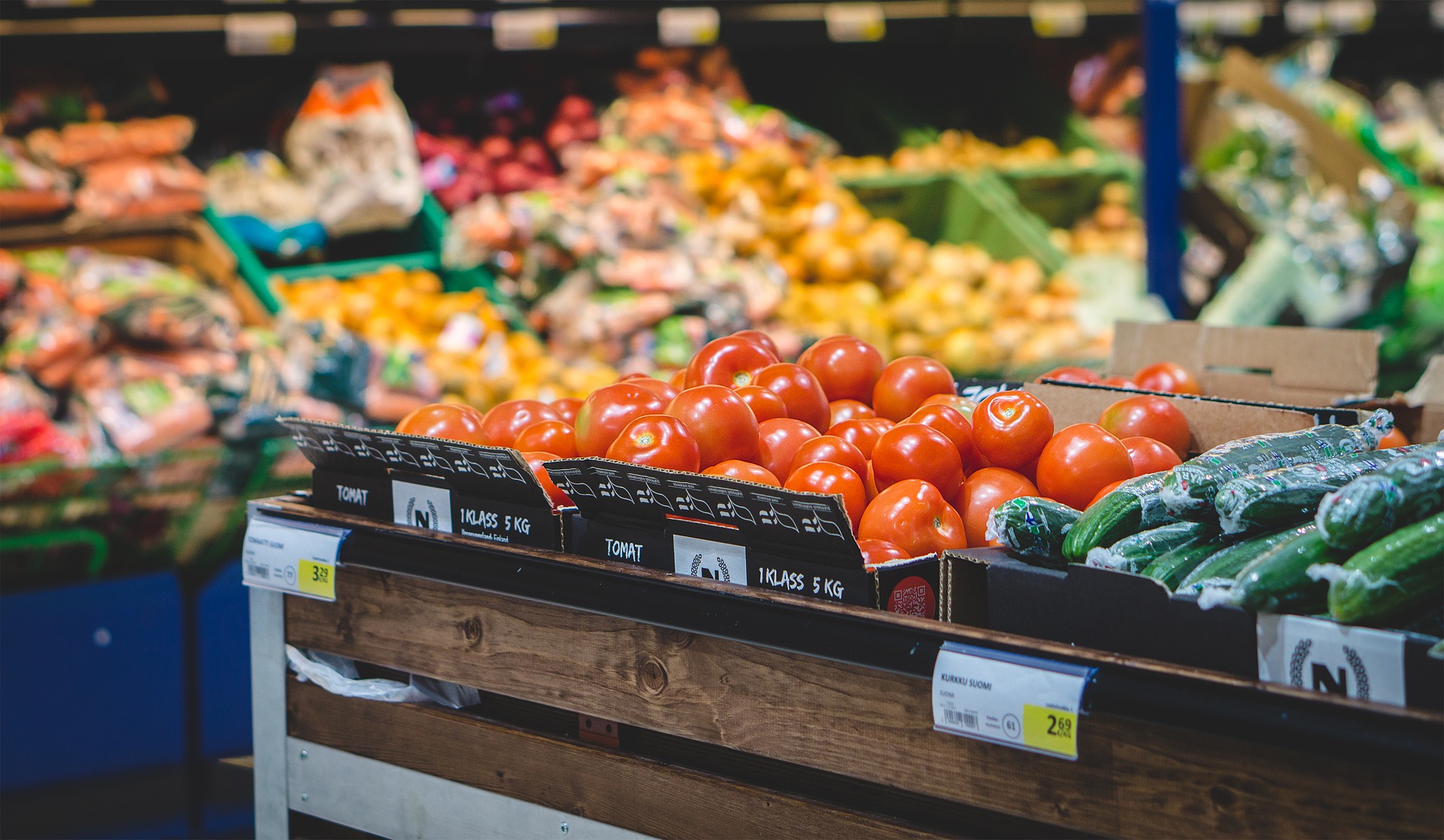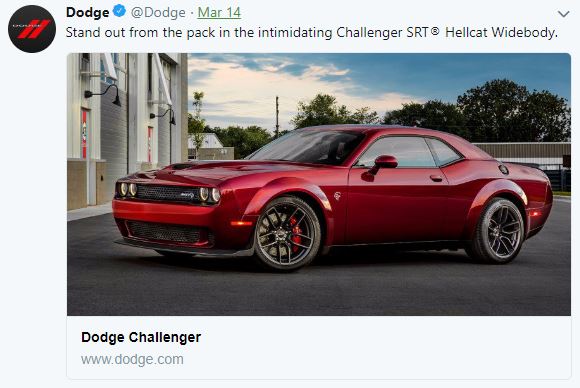6 ways clever marketers get us to spend more money

I find marketing to be amazing. The tricks that stores use to get us to spend more money are absolutely amazing, and most of the time, we don't even know that they're happening.
Take grocery stores as an example. Grocery stores use vertical shelf placement to help drive sales on the products that they want to move. They do this by placing hot items in the middle of the shelf where our eyes naturally go as we walk down the aisles.
Believe it or not, there's a science behind shopping.
And, there's big money to be made when companies use that science, mixed with clever psychological tricks, to get us to feel welcome and happy when we shop and slowly reaching into our wallets and grabbing more of our hard-earned cash along the way.
Here are 6 ways clever marketers get us to spend more of our money
1. Grocery store "loss leaders"
Have you ever seen those pre-made rotisserie chickens resting peacefully in those warmed display cases right inside the door at grocery stores? I used to buy those a lot - after all, $5 bucks for a ready-made chicken that requires close to ZERO work to eat once I get home?
Yeah, sign me up for that.
Ever wonder how they make money on those things? It's easy: they don't.
Those are "loss leaders". Grocery stores accept the small loss in profit from those chickens as a means to get you in the door. They know that the large majority of us will buy other things along with the chicken, quickly making up the "loss". In the end, they'll still make money.
2. Counter-clockwise grocery shopping
This one is super interesting and one that I hadn't noticed before, but now that I think about it, it's true. The average supermarket, according to Bank Rate, is set up to drive traffic in a counter-clockwise fashion around the store.
Why? Because most shoppers are right handed.
"As you steer the cart with your left hand, you can easily grab things with your right. Most shoppers are right-handed, so it makes the whole setup feel natural," wrote Bank Rate.
But, that's not all.
As you walk, stores like to engage all five senses...especially your sense of smell. The bakery. The pre-cooked "loss leaders" discussed before. The theatrical lighting that makes the fruits and veggies look their best.
Have you ever wondered why the floral section at a lot of grocery stores is located near the produce? Flowers portray a sense of freshness and color. Even cleanliness. Stores want customers to associate those feelings with their produce as well.
Lastly, how about item association? It's simple, but clever. Marshmallows are often right next to graham crackers, aren't they? Even if you weren't in the market for graham crackers, picking up a box seems like a good idea because they go so well with those soft sugary morsels of heaven.
3. Create a sense of competition
On Twitter the other day, I saw this promoted tweet from Dodge:

What do you notice about this ad? I notice a couple things:
- "Stand out from the pack" - boom, competition. Dodge wants people to believe that if they're driving around in a Challenger, they essentially become "better" than those around them. They're driving a nicer car. A faster car. A car that makes them look...styled and superior.
- "Intimidating" - again, here's another descriptive term designed to impart a feeling of power and elegance. Who doesn't want to strut down the road in a car that looks and sounds intimidating?
- The car is red - red is a power color. When I drove around in a [white] supercharged Corvette years ago, the Corvette community used to refer to the red color as "arrest me Red" because the color draws the attention of law enforcement. Dodge also wants it to draw the attention of their potential customers.
Clearly, this Dodge ad is telling us that if we drive a Dodge Challenger, we won't just be like the rest of those lemmings. We'll be different. Driving this car sets us apart from the rest. It makes us strong.
A leader rather than a follower.
4. Store mazes get us lost and impatient
In perhaps the most fascinating research I've read on this subject, getting customers lost within stores has a way of lowering our guard, increasing our tendency to take risks and buy whatever happens to be in front of us.
"Across three studies, we find that interruptions in decision making can increase risk-taking. When an individual is interrupted during a risky decision, we find that his/her previous consideration of the decision causes it to feel more familiar," found one research study.
This means that when we return to look at a product that we previously considered before an interruption, we feel like we've fully vetted that product and, in general, are more likely to buy it.
Unfocused or confused customers often spend more money, especially those of us who are hunting and pecking around the store in a desperate attempt to find what we need. This happens virtually every time I walk into a Home Depot, where I proudly hold an unblemished record of failure when it comes to guessing where something might be.
5. Slap on celebrity faces
There is a reason why Nationwide Insurance pays former NFL quarterback Peyton Manning big money to appear in their commercials. Or Chuck Norris to advertise for the Total Gym. Or Danica Patrick with GoDaddy.
You get the drill...if one of our favorite celebrities "uses" a product, we're more likely to use that same product.
Implicitly, we all know that the celebrity probably doesn't actually use that product. But for reasons of psychology that are well beyond me, we are still tricked into buying something because we see a celebrity using it.
I have no earthly idea why we care what celebrities do, but for whatever reason, that's reality. And, advertising with them works.
6. Black Friday deals that aren't really deals
Let's put Black Friday spending into perspective for a minute. In 2017, Americans dropped a record $5 billion in 24 hours during Black Friday, a nearly 17% jump over Black Friday in 2016.
People are spending more and more money, and deals are getting even better, right? Not exactly.
Stores aren't exactly hurting their bottom line by offering customers deals that are "too good to pass up", and that's because a lot of Black Friday deals aren't deals at all.
The dirty little secret behind Black Friday deals lies in clever price massaging throughout the rest of the year, and especially in the weeks leading up to Black Friday.
Retailers push prices up as temperatures cool off ahead of the holiday buying frenzy. Black Friday discounts appear to offer consumers remarkable savings; reality, however, paints a very different picture. Artificial price increases before Black Friday lead to inaccurate expectations of savings.
Who cares, right? Saving is saving.
Not exactly. As the Daily Mail in the United Kingdom reports, six out of 10 products from last year’s Black Friday deals were sold for a cheaper price during other times of the year. This includes tech products like curved flat-panel televisions and Fitbits.
Moral of this story? You can find deals, but not everything is a deal.
Are there any clever marketing tactics that you've seen that I didn't cover? Have you ever gotten duped to buy something that you later found out was a cleverly-designed marketing trick?